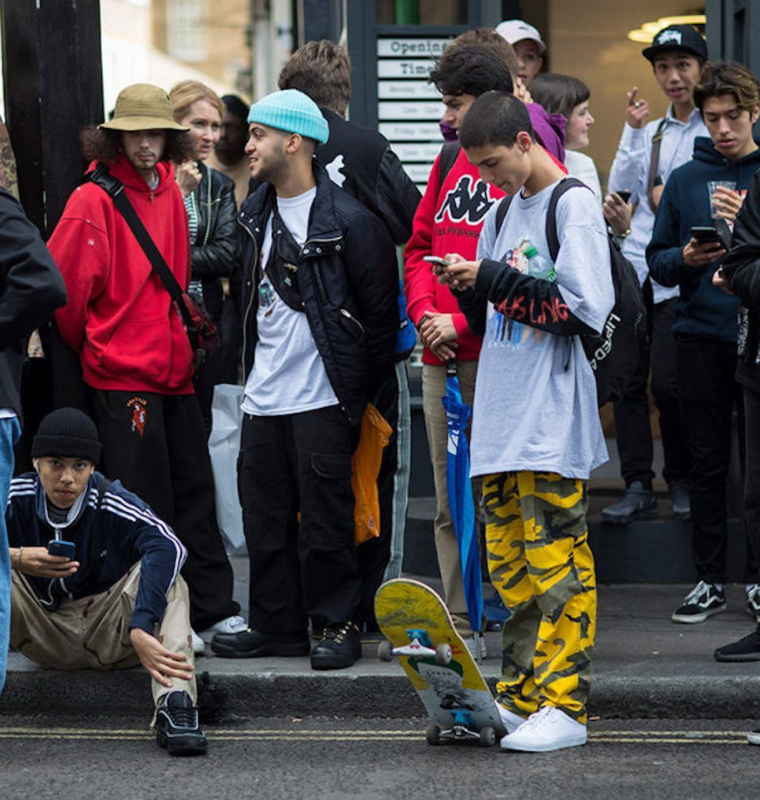Jellycat’s Soaring Success: How a Gen Z and Adult Obsession Turned Plush Toys into a $450 Million Empire
Jellycat’s Soaring Success: How a Gen Z and Adult Obsession Turned Plush Toys into a $450 Million Empire
By
Leah Rosenfeld
Last updated:
October 3, 2025
First Published:
October 3, 2025

Photo: Fortune
Jellycat’s meteoric rise in 2024
British luxury toymaker Jellycat, once a niche brand known for its soft plush toys, has now become a global powerhouse. In 2024, the company’s revenue surged to nearly $450 million (£333 million), marking a 66% increase from the previous year’s £200 million. Even more striking, its profit before tax more than doubled to £139 million, compared with £67 million in 2023. The company is now rewarding its owners with a dividend payout of £110 million — an extraordinary sign of its booming success.
Founded in London in 1999 by Thomas Gatacre, Jellycat is famous for whimsical creations such as the £18 ($24) Bashful Beige Bunny and the extravagant £275 Amuseables Nordic Spruce Christmas Tree. But the real driver behind this financial leap has been the rise of the so-called “kidult” movement — a cultural shift where adults, especially Gen Z, are flocking to soft toys for comfort, nostalgia, and mental health benefits.
From boutique toy to global sensation
Jellycat has gone far beyond children’s playrooms. Today, its products are sold in more than 8,000 retail outlets across 80 countries, including luxury department stores like Harrods, Selfridges, and Galeries Lafayette. The brand has expanded into “Jellycat Experiences,” with themed pop-ups such as Jellycat Fish & Chips in Selfridges and Jellycat Patisserie in Paris, blending retail with immersive storytelling. Accessories like bag charms, handbags, and collectible plushes have further cemented its appeal among older consumers who treat Jellycat as both lifestyle and status symbol.
The strongest growth markets for the brand in 2024 came from Europe, China, and the U.S., with the American market in particular embracing Jellycat through social media-fueled hype.
The power of TikTok and social media hype
On TikTok, Jellycat has become a cultural phenomenon. With 2.1 million followers and over 20 million posts under the hashtag #jellycathaul, videos of young adults unboxing, reviewing, and flaunting collections of plush toys have gone viral. Some show shelves packed with dozens of “jellies,” while others highlight the comfort of buying a $20 plush after a stressful day.
The craze isn’t isolated to Jellycat. Earlier in the year, another toy, the $30 Labubu doll, gained viral status, becoming a sought-after collectible worldwide. These trends highlight how social media is transforming toys into lifestyle products for adults.
The rise of the ‘kidult’ economy
Industry data reinforces the shift. Research by Circana revealed that in the U.S. alone, adults aged 18 and above spent $1.8 billion on toys in the first quarter of 2024, making them the highest-spending consumer group in the category. Sales to adult buyers grew by 18% compared with the previous year, far outpacing children’s categories.
Experts say this surge is tied to broader global uncertainty — from inflationary pressures to geopolitical conflicts. Toys provide adults with nostalgia, comfort, and emotional escape. “By tapping into the joy economy, toys are increasingly recognized for their positive mental health benefits,” said Melissa Symonds, UK toys director at Circana.
Jellycat’s place in the future of play and retail
What makes Jellycat unique is its ability to straddle both the luxury and playful markets. Its products are often positioned alongside designer items in high-end stores, yet they remain accessible enough for younger buyers. This dual identity — collectible for adults and adorable for children — has turned Jellycat into one of the most culturally relevant brands in today’s retail landscape.
With revenues nearing half a billion dollars, profit margins soaring, and global demand expanding, Jellycat shows no sign of slowing down. If anything, the “kidult” phenomenon has only just begun, and Jellycat is perfectly placed at the heart of it — proving that in today’s world, comfort and nostalgia can be just as powerful as luxury fashion or technology.
Popular articles
Subscribe to unlock premium content
Why Consumers Buy Limited-Edition Fashion and Beauty Products

How K-Beauty Changed the Global Skincare Industry and Consumer Expectations

How Streetwear Became a Billion-Dollar Industry From Niche to Mainstream

Why Consumers Buy Limited-Edition Fashion and Beauty Products

How K-Beauty Changed the Global Skincare Industry and Consumer Expectations

Why Consumers Buy Limited-Edition Fashion and Beauty Products









